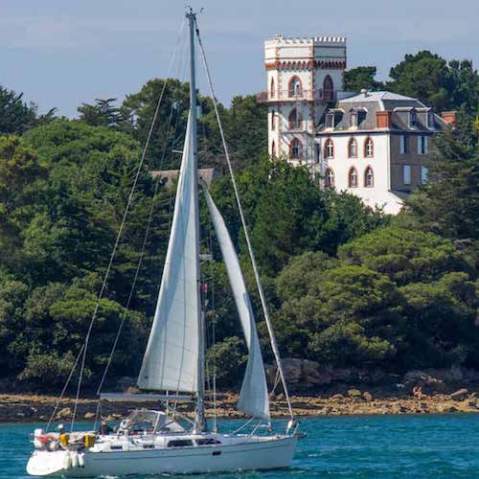A photographer's guide to filters
Filters were an indispensable part of every serious photographer’s arsenal before the days of Photoshop, as pictures had to be as close to perfect in-camera as possible. While contrast and colour can be adjusted in the darkroom (and dodging and burning used to bring out one part of an image more than another), darkroom processing is nowhere near as convenient as the digital alternative that you now have at your disposal.

However, it still holds good to always try and get your images right in the camera, rather than relying on your computer to fix things. It’s the best way to ensure that you retain control of your images and create what you envisage. The effect of some filters can be closely simulated with digital processing (colour-correction filters, for example, are no longer a necessity as you can easily adjust the camera’s white balance), but others allow you to achieve results that no amount of clever manipulation can replicate, and are therefore still very useful with DSLR cameras.
Polarising filters
A polarising filter, or ‘polariser,’ is often touted as the one filter that landscape photographers or travel photographers need to have in their bag. These filters minimize glare and reflections by affecting the direction of the light waves, altering how the lens captures them. Polarisers can be rotated to control their effect, depending on the light conditions and the camera’s position in relation to the sun.

A polarising filter is particularly useful on sunny days, for bringing out more detail in the sky, and is also useful when photographing water or glassy surfaces, as glare and reflections can affect colour. Using a polarizing filter can help to produce more intense, vibrant colours.

ND (neutral density) filters
Neutral density filters only affect exposure. As the name implies, they’re neutral in colour and range in density from almost transparent to nearly opaque. By limiting the amount of light entering the lens, ND filters allow slower shutter speeds than would otherwise be possible in daylight, which makes them particularly useful for long-exposure photography, especially when photographing rivers and waterfalls, for example.
Graduated ND filters
Graduated ND filters have a surface that gradually shifts from transparent to a neutral density coating. The density of the ND area varies, so you can pick a weaker or stronger ND filter, depending on the effect you wish to achieve. The transition from ND to transparent can also be gradual or more abrupt, offering another choice over which filter(s) to choose. This type of filter is perfect for difficult landscape exposure situations where it would otherwise be impossible to expose correctly for both the (bright) sky and (dark) foreground in a single image.

UV filters
A UV filter has little effect on the picture you are taking, but it is useful for protecting film from the adverse effects of the sun’s UV rays. Digital cameras have a built-in UV filter in front of the sensor, so a UV filter on the lens isn’t necessary for digital photography. However, it can still be used to protect the front of a lens from scratches and dirt.
In Moodscapes Rebekka Guðleifsdóttir shares her unique approach to capturing breath-taking fine-art landscape shots. Her work has caught the eye of editors the world over, leading her to be named Web’s Top Photographer by the Wall Street Journal, and here she reveals the techniques that will make your landscape photography stand out from the crowd and win a place on a gallery wall.
[one_whole boxed=”true”]
 Moodscapes, by Rebekka Guðleifsdóttir
Moodscapes, by Rebekka Guðleifsdóttir
£9.99
Download the PDF now, or put your name on a list for an advance print copy!
[button color=”Accent-Color” size=”small” url=”https://www.ilexinstant.com/product/moodscapes/” text=”Digital Edition”]
[/one_whole]



